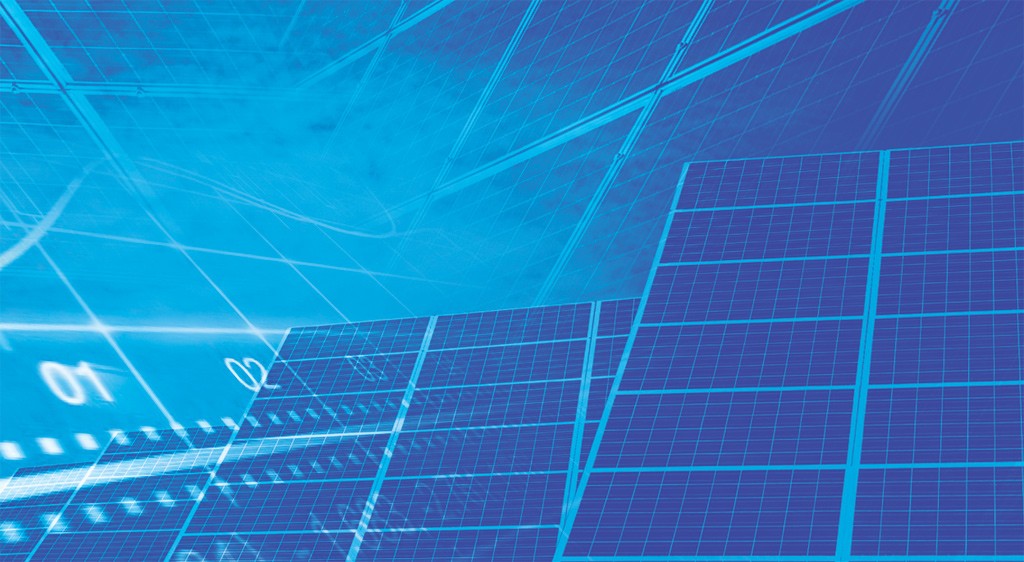Borrowing from the ultimate source
By EPR Magazine Editorial December 8, 2017 11:20 am IST
By EPR Magazine Editorial December 8, 2017 11:20 am IST

How solar energy can be tapped for a sustainable future
One of the common threads running through most ancient religions is the worship of the Sun. From Ra in Egypt to Surya in Hinduism and Shamash in Babylonia, our ancestors realised the importance of the Sun as the fundamental source of infinite energy driving all creation. With a renewed impetus on solar energy in the current world, history is repeating itself.
The depleting conventional energy sources, increasing impact on the environment and a spike in fossil fuel costs globally has brought the spotlight on sustainable fuel sources. As the non- renewable resources are set to decline exponentially in the years to come, it is important for the world to move towards renewable sources of energy such as wind, solar, biomass, hydropower and tidal. Out of these, solar energy is the most widely-available renewable energy source with the highest potential for mass usage.
Solar energy is the fastest growing renewable energy source in the world thanks to its worldwide availability and adaptability. Almost everyone can learn to capture its power to perform tasks like cooking, lighting, heating, and many other household chores. Solar panels help combat greenhouse gas emissions and hence, help to check the rising threat of global warming and polar icecap meltdowns.
Spearheading the journey towards becoming a global solar powerhouse!
According to a report by the World Resources Institute titled “Powering Cities in the Global South”, Delhi has been chosen as the ideal model for reflecting the situation of power hungry cities. Delhi is one of the fastest growing cities in the world with a high energy demand because of rapid urbanisation. Fortunately however, it also has one of the best solar policies and schemes among the Indian states. The Indian government, in fact, has set itself a target of 100 GW of solar power by 2022, of which 60 GW is to come from utilities and 40 GW from rooftop solar installations.
While India is moving towards its ambitious goal to become a holistically solar-friendly country, let’s look at the ways where solar energy can be used in your homes.
• Electricity: Sunlight can be converted into electricity through the use of solar panels and can be used the same way as we use electricity provided by power companies. This reduces utility bill costs and adds value to your home.
• Lighting: Recently, Pepsi launched an initiative of lighting homes through old bottles and sunlight where electricity has not yet reached. Such initiatives can be adapted across the country for a more sustainable future.
• Water Heating: Solar energy can be used to heat water. Solar-powered water heater systems can be utilised in any climate, can be stored in the storage tanks and solar collectors. Going further, swimming pools and hot tubs in homes and hotels are using solar energy to heat the water.
While we talk about installing solar panels at our home, we shouldn’t miss out on the right measures to maintain these panels. Solar panels can only give you good returns if maintained in the correct way. Here are few ways to maintain your home solar panels:
• Like any mechanical or electrical appliance, PV systems require routine, periodic maintenance (twice a month). System components may also need repair or replacement from time to time.
• An efficient and long-lasting system will depend on a periodic check of system components and completion of any preventive maintenance as necessary including the cleaning of systems.
• Talk with your system installer about routine and periodic maintenance.
• In the event of a system malfunction, effective troubleshooting and repair is necessary.
Solar panels are incredibly reliable. Most systems have no moving parts, and the lifespan for a solar panel can exceed thirty years, bringing the cost of maintenance to an absolutely negligible level. With all these benefits, it is essential that humanity realises the importance of its perennial and infinite energy source, before it’s too late.
Authored by:
Himanshu Yadav, Director
Ultimate Sun Systems
We use cookies to personalize your experience. By continuing to visit this website you agree to our Terms & Conditions, Privacy Policy and Cookie Policy.